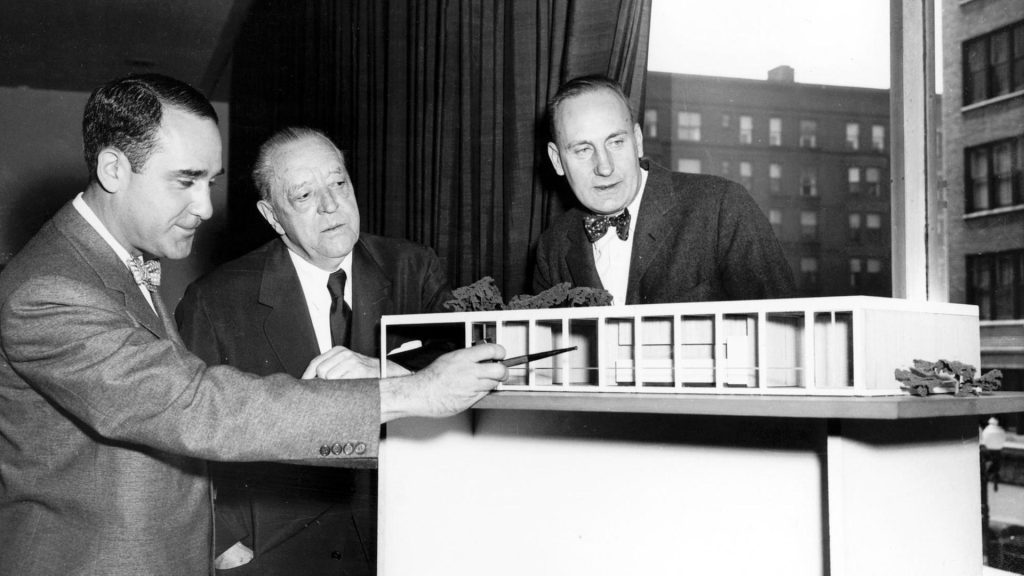
Ludwig Mies Van Der Rohe was a German Architect born in Aachen in 1886 amidst several architectural movements and ideologies that were evolving at the time. Mies were highly influenced by architecture, as his father owned a stonecutter shop, which Ludwig used to help him with. Working in his father’s shop and at construction sites broadened his knowledge of architecture despite not earning a degree in the field. When he was just 15 years old, Ludwig worked with renowned architects in Aachen, where his job was to sketch decorative elements that enhance the visual appearance of buildings. His sketches were then given to construction workers to use as a guide and create stucco decorations.
His experience in sketching intricate patterns and details helped him develop a skill and find beauty in linear drawings. Mies Van Der Rohe grew fond of working with straight and precise lines, which was when he found his architectural niche and excelled at it.
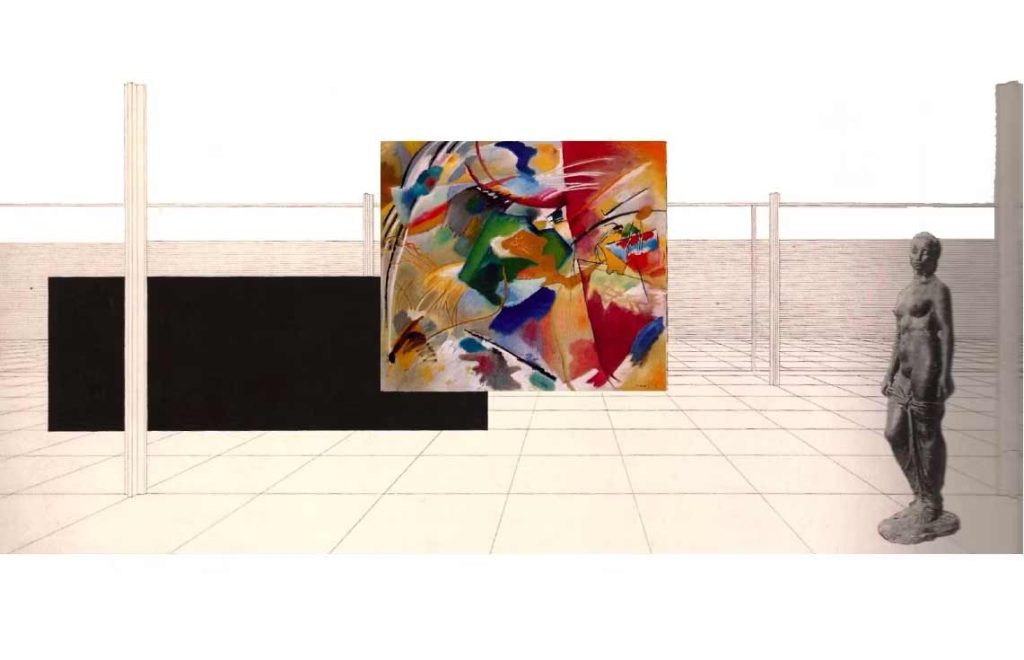
Mies Van Der Rohe’s clean architectural style was also influenced by the famous Bauhaus movement founded by Walter Gropius in Germany in 1919. The movement focused on the unity of art, craft, and technology while addressing human needs to create innovative and functional designs. Mies became a director at Bauhaus from 1930 until 1933, when the school was closed due to the Nazis. Despite holding the position for a short period of time, he made a lasting impact on how to create high-quality designs that are functional and heavily focused on modern materials such as steel, concrete, and glass, reflecting his interest and belief in minimalist and functional aesthetics. The Bauhaus is where Mies found his calling and taught it to the world:
“Less is More.”
Ludwig’s experience in Germany was cut short due to the Nazis who took over Germany at the time. They hated modern architecture and believed that it was an evil Jewish plot against Germans and a means of degenerating art (BBC Arts, n.d.). To secure his safety and pursue what he loved doing most, Mies Van Der Rohe moved to the United States, where he accepted an offer from the Architecture school at the Illinois Institute of Technology in Chicago in 1937.
His years in the States made him one of the most influential architects of his time, where he was an educator and became a master in interior design. In 1963, he received the Presidential Medal of Freedom, which refers to “the Nation’s highest civilian honor, presented to individuals who have made exemplary contributions to the prosperity, values, or security of the United States, world peace, or other significant societal, public or private endeavors”.
Farnsworth House, Chicago, Illinois
The Farnsworth House was designed by Mies Van Der Rohe for Dr. Edith Farnsworth as a one-room weekend retreat. It showcases modernism and minimalism in its choice of materials (glass and steel) but also offers an immersive view of the private site’s natural surroundings. The house is considered a glass pavilion amidst nature, which achieves Mies Van Der Rohe’s concept of connecting the built space with natural settings.
The pavilion is structural and expressive with its steel mullions that support the L-shaped structural columns. The house/pavilion is also raised 5 feet and 3 inches from the ground for aesthetics and functional reasons. In terms of aesthetics, the building aims to feel light on Mother Earth; in terms of functionality, the house is elevated to avoid predicted floods that are expected to happen every 100 years.
Barcelona Pavilion, Spain
Originally, the German Pavilion was designed to represent Germany in the International Exposition of Barcelona, Spain, the second world expo in the city in 1929. The design intention was to house nothing in the pavilion. It was meant to be a getaway from the exposition, where people can enjoy the clean design elements and the materials that blend so well with nature, giving a sense of tranquility. Mies Van Der Rohe achieved his intention because the peacefulness and tranquility of the Barcelona Pavilion are felt today.
The Barcelona Pavilion, raised on a travertine plinth, is the face of modernism in architecture. It offers a unique, immersive experience that feels completely separate from the city around it, making visitors lose awareness of their urban context. Mies Van Der Rohe developed his grid system while designing the pavilion; the travertine followed the same grid, creating harmony in the design that reflected the visitors’ feelings upon entrance.
Ludwig Mies Van Der Rohe had a keen interest in furniture and interior finishings, which led him to design statement pieces for the Barcelona Pavilion, including the famous Barcelona chair and stool. The chair and stool, with their graceful yet sturdy design, reflect Ludwig’s highly disciplined architecture.
The key feature of these pieces is that they are supported by 2 chrome-plated steel bars that create a visually appealing shape when viewed from the side. Additionally, the design was inspired by various historical elements, ranging from ancient Egyptian folding stools to 19th-century neoclassical chairs.
Crown Hall, Chicago, Illinois
A significant architectural monument of the modernist movement houses the school of architecture in Illinois, Chicago. Ludwig Mies Van Der Rohe left behind a masterpiece of the 20th century. He mastered simplicity by refining steel and glass construction, which was widely used then. However, despite using a method tried by many, he could stand out with his pure rectangular form and simplicity in design.
Martin Luther King Jr. Memorial Library, Washington D.C.
The only library designed by minimalist Van Der Rohe is dedicated to the civil rights leader Martin Luther King, who was assassinated in 1968. The library is a 400,000-square-foot steel, brick, and glass structure completed in 1972 and is also known for being one of the rare examples of modern architecture in America’s capital.
To honor both the designer and the influencer, Dutch architecture firm Mecanoo, in collaboration with OTJ Architects, renovated the building by adding contemporary elements that elevated the design principle without diminishing Mies Van Der Rohe’s intention and language of minimalism. New features include a public roof garden, a theater, signature staircases, and community studios and workshops. The main goal of the redesign is to make the library a place for social gatherings and to emphasize its role as an important community landmark. The design carefully blends the distinct influences of Mies van der Rohe’s architectural style and Dr. King’s commitment to social justice.
Seagram Building, New York
Situated in the heart of New York City, the Seagram Building stands as a great example of beauty found in simplicity. It was Mies Van Der Rohe’s first office high-rise building comprising 38 stories. It was one of the first modern skyscrapers of the 20th century and set a benchmark for future generations of modernists.
The building was constructed using bronze and dark glass, which created a sleek, continuous facade that extends vertically up to a height of 515 feet (approximately 157 meters). The sleek, vertical lines of the bronze and dark glass tower contrast with the large, horizontal surface of the granite plaza at the building’s base. This contrast highlights the differences in texture, color, and material between the vertical tower and the horizontal plaza that acts as the building’s podium.
860-880 North Lake Shore Drive, Chicago, Illinois
After the Second World War, when materials like steel and concrete became more available, architects like Ludwig Mies Van Der Rohe used these materials to fit his design style of “skin and bones,” which focused on simplicity and minimalism.
The Chicago skyline is defined by two towers designed by Ludwig, which are 26-story apartment towers made of steel and concrete sitting on a trapezoidal plot to provide great views of Lake Michigan. The towers float above a travertine horizontal plaza that contrasts the verticality of the towers. The buildings’ sleek, black-painted steel exteriors and evenly spaced windows reflect Mies’ philosophy that “less is more.”
You know an architect has made their mark when you can recognize their buildings as soon as you see them. The 20th century gave birth to a master of minimalism who left an indelible mark on the world of architecture and the rise of modernism. He transformed mindsets and proved that details can be found even in a simple line. He taught people to appreciate simplicity and find beauty in them.





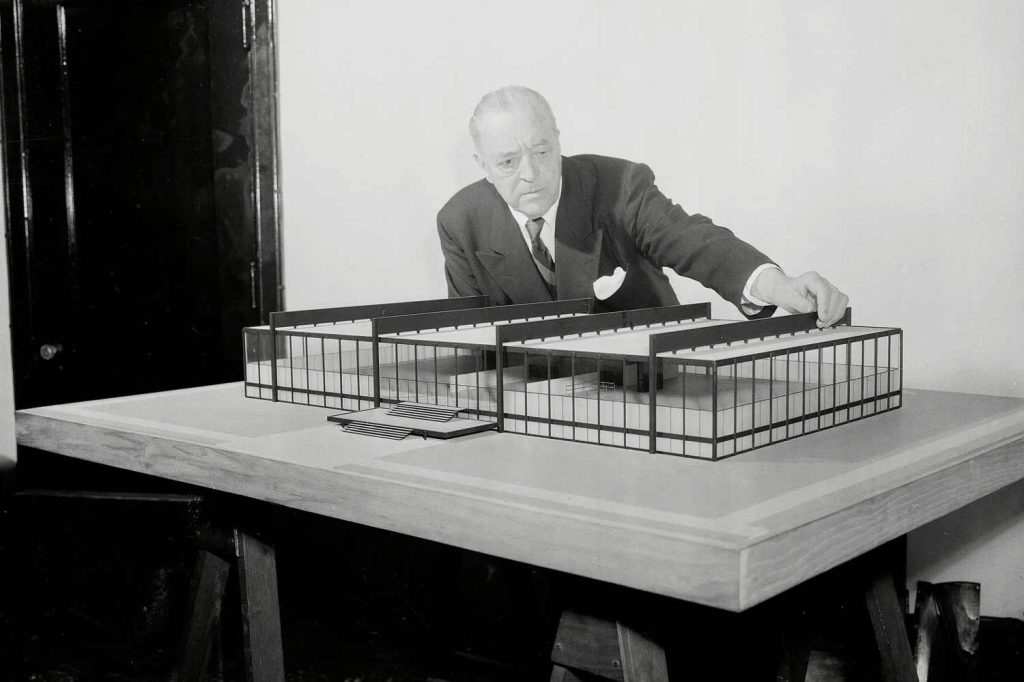

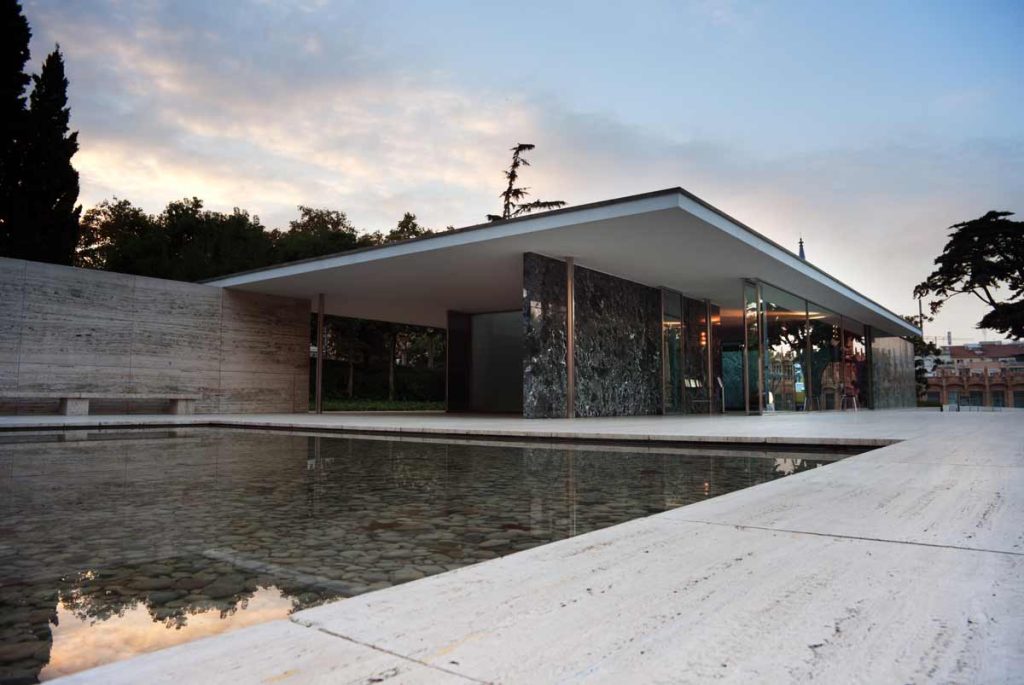
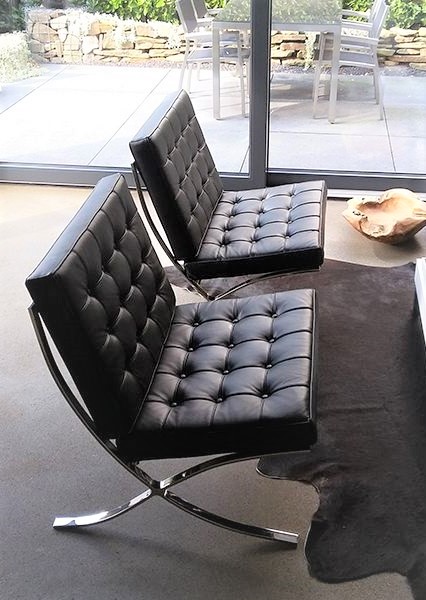
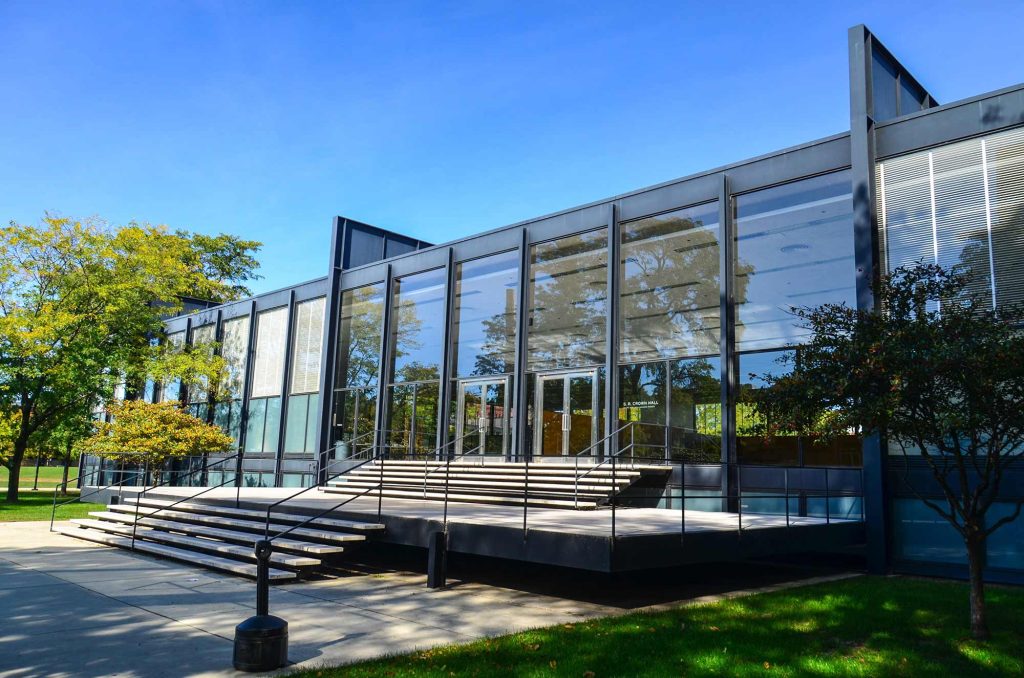


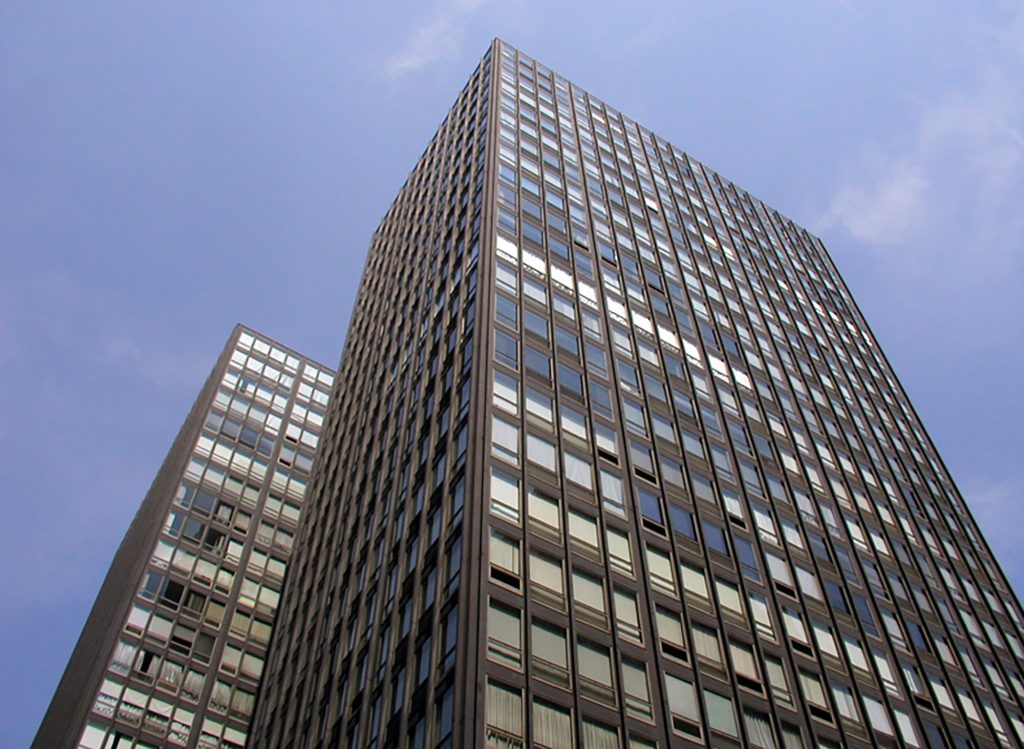

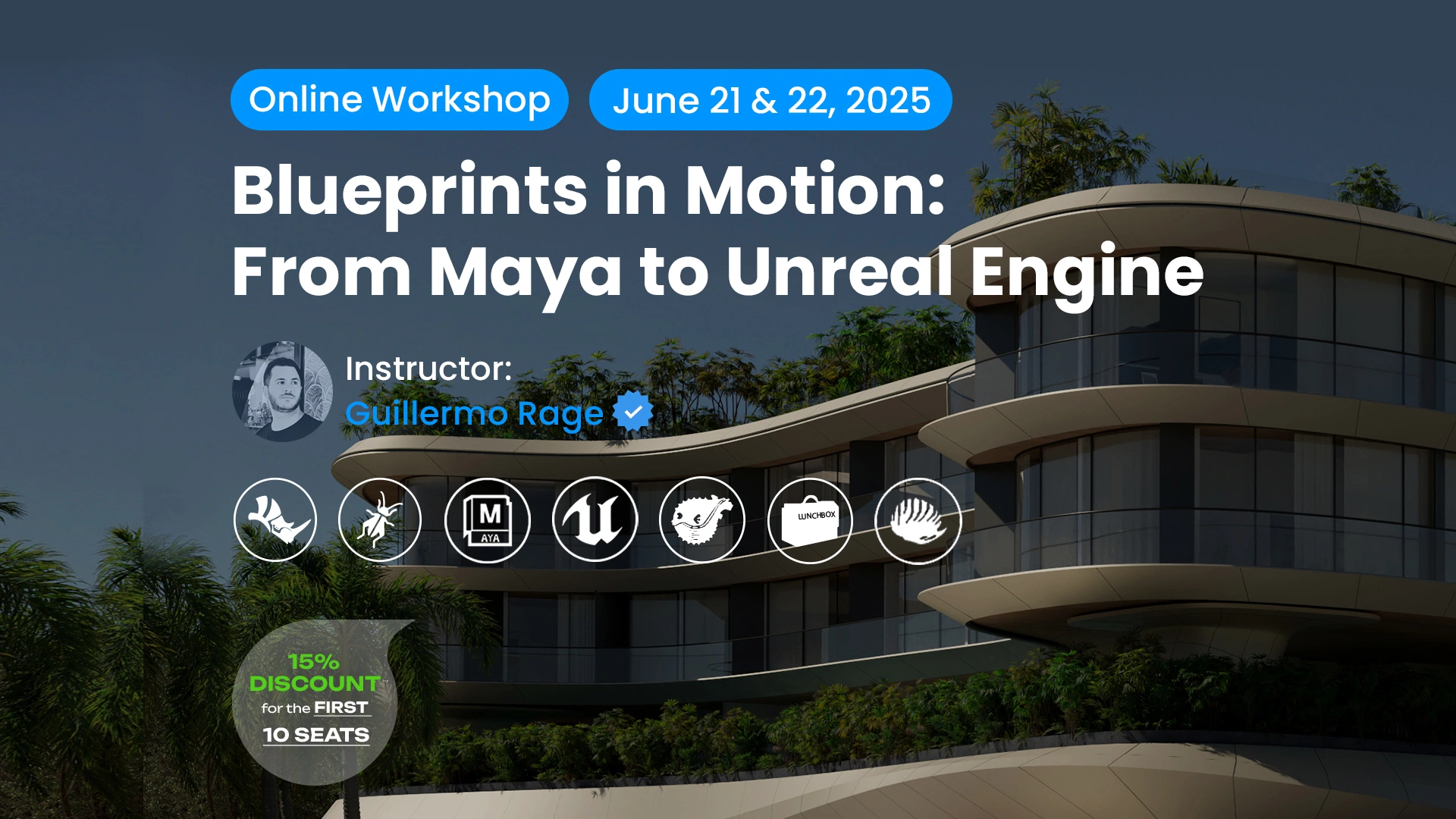

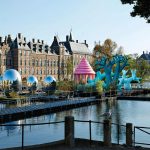










Leave a comment